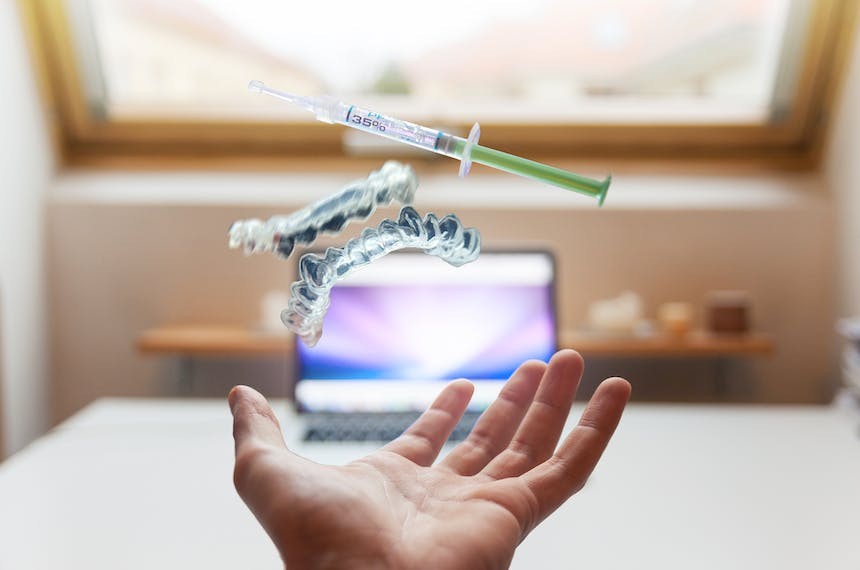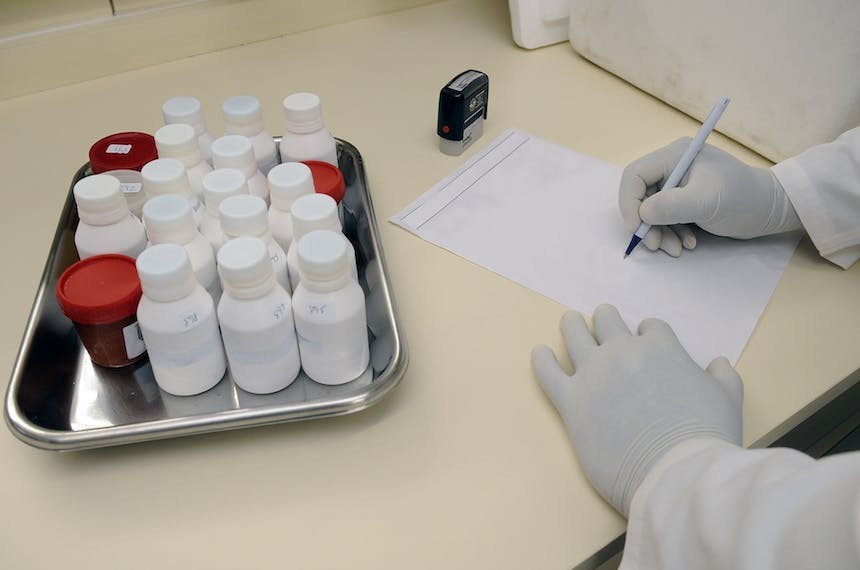
AUTOIMMUNE ENCEPHALITIS
Unlock the complexities of Autoimmune Encephalitis with a comprehensive guide. Learn to recognize key indicators, from memory deficits to MRI abnormalities, prompting consideration of autoimmune causes.
Consider AUTOIMMUNE ENCEPHALITIS if
Less than three months of memory deficits, confusion or new psych symptoms or seizures
AND MRI abnormalities: medial temporal lobe abnormalities unilaterally bilaterally
AND CSF Pleocytosis AND AN Alternate etiology has not been identified (List includes infectious etiologies such as Herpes, Lyme, Syphilis and Whipple's disease, Rheumatological diseases such as lupus, Neurosarcoidosis, and Neoplasms of the temporal lobe etc.
Not all features have to be present.
ANTIBODIES INVOLVED:
Antibodies to intracellular antigens:
anti-Hu (associated with small cell lung CA)
anti-Ma2 (Germ cell tumors in men)
anti-Ri (Lung and breast CA)
Anti-Yo (Breast and Ovarian CA)
GAD
Antibodies to cell surface antigens:
Anti-NMDAR (Associated with Ovarian teratoma)
LGI1
AMPAR (Lung, breast and thymus tumors)
GABA-A
GABA-B
mGluR1, mGluR2
TREATMENT
First line therapies
IV Solumedrol 1 gm daily for 5 days followed by weekly for 6 weeks
OR
IV IG 0.4 gm/kg IV for 5 days then weekly for 6 weeks
If no response within 2 weeks or if severely sick, follow with second line therapies.
Second line therapies
Rituximab 1 gm / m2 BSA in normal saline two doses two weeks apart. This can be repeated after 6 months.
Do not use in heart failure or severe renal disease or history of severe infections such as TB, HBV. Live vaccines contraindicated.
Common adverse reactions include infusion reaction, respiratory infections, headache, peripheral edema. Rare adverse effects include PML
Depletion of B cells monitored by CD 19/20 levels
OR
Cyclophosphamide 750 mg / m2 monthly for 6 months
Adverse effects: Causes infertility in women
Second line therapies are continued for approximately two years.
Other measures
Tumors identified should be removed.
RITUXIMAB MODE OF USE:
Investigations before use: CBC, LFT, Renal function, Hepatitis C and B screen, EKG, Chest Xray to look for TB. If IgG <6 g/L , indicates higher infection risk.
Withhold antihypertensives for 12 hours before infusion
Premedication with 1) Solumedrol 125 mg IV 2) Antihistamine 3) Tylenol
Infusion rate is 50 mg/hr , then may be increased every 30 minutes by 50 mg/hr maximum 400 mg/hr
Monitor for infusion reactions: dyspnea, hypotension, fever, chills. If reaction occurs, infusion should be stopped, patient should receive fluids, steroids, tylenol and antihistamines, and infusion should be re-started at half the previous rate once the reaction subsides.





